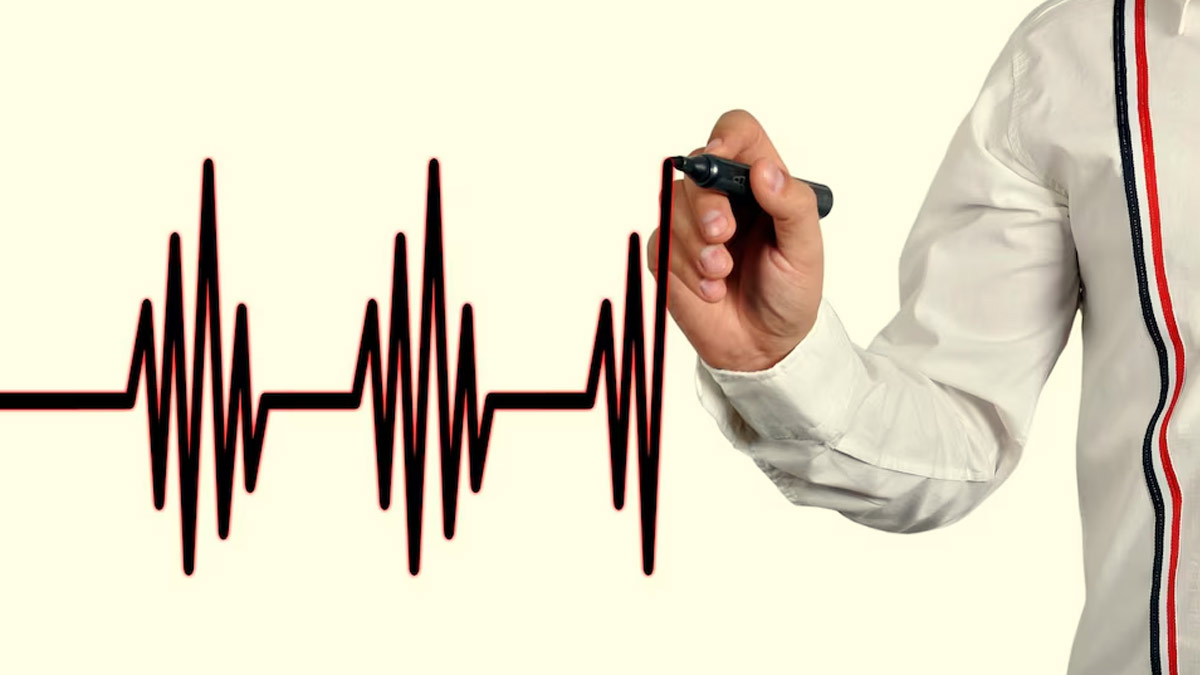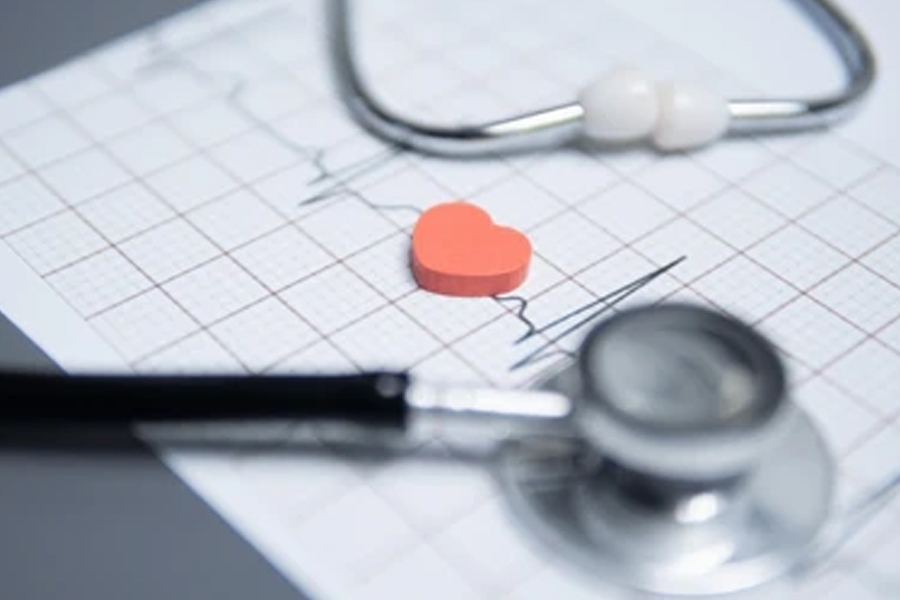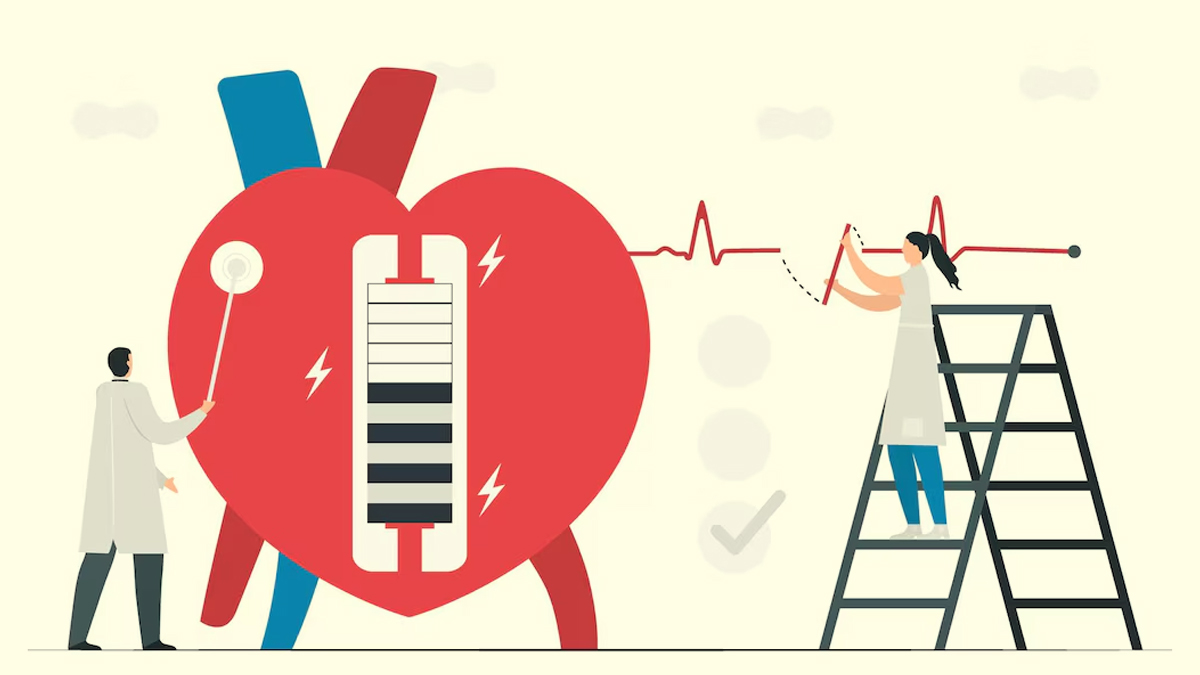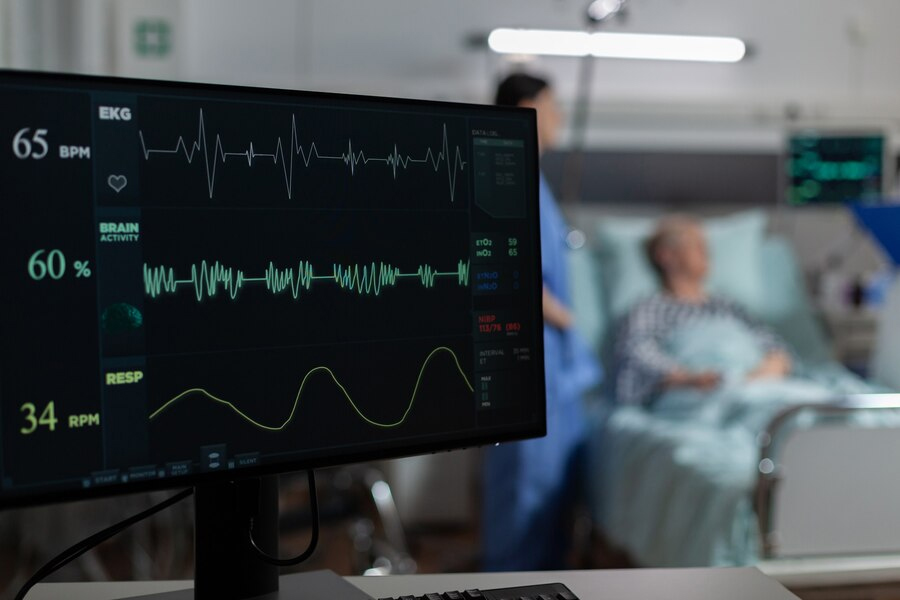
Have you ever heard the term 'sinus arrhythmia' and wondered what it means? You might have come across it during a routine check-up or on an Electrocardiogram (ECG) and felt concerned. The word 'arrhythmia' might sound alarming, but sinus arrhythmia is often quite normal and even a sign of good health. But what exactly is sinus arrhythmia, and how can you tell if it's something to worry about? We spoke to our expert Dr Liju A, MBBS, MD, General Medicine, DM Cardiology, Apollo Spectra Hospital, Chennai, who explained the basics of sinus arrhythmia and when it is normal and irregular.
Table of Content:-
What Is Sinus Arrhythmia?

Sinus arrhythmia requires some background information on the heartbeat rhythm. The heartbeat is regulated by a natural pacemaker known as the Sinoatrial (SA) node, situated in the right atrium. “It produces electrical impulses that travel down the heart, causing it to contract and pump blood. These impulses occur at regular intervals in a healthy heart; therefore, the heart rate remains constant,” said Dr Liju.
He further said, “Sinus arrhythmia refers to a physiologic fluctuation in heart rate synchronised with the respiratory cycle. During inhalation, the heart rate slightly increases, while it slightly decreases during exhalation. This phenomenon is called respiratory sinus arrhythmia and is at maximum amplitude in childhood and young adulthood.”
According to StatPearls, sinus arrhythmia is commonly seen as a sign of good cardiovascular health, particularly in young, healthy individuals. It does not typically impact life expectancy or suggest the presence of other health conditions. Conversely, its absence has been linked to chronic diseases like diabetes mellitus and heart failure.
Normal Sinus Arrhythmia

In sinus arrhythmia, 'normal' refers to physiological changes in heart rate related to respiration. This arrhythmia is most marked in those with high vagal tone, such as athletes and young, healthy people.
“Respiratory sinus arrhythmia is a normal function of the autonomic nervous system. The effect of the vagus nerve is lessened by way of inhalation, thereby the heart rate temporarily gets increased,” said Dr Liju. It decelerates during exhalation because of an increased vagal tone. This variation is regarded as a normal indicator of healthy cardiovascular function.
Irregular Sinus Arrhythmia

“Although sinus arrhythmia is generally benign, there are some circumstances in which an irregular sinus rhythm may indicate some underlying problem. Irregularities in the sinus rhythm unrelated to the breathing cycle, called non-respiratory sinus arrhythmia, are potentially indicative of a more serious problem,” added Dr Liju.
In elderly patients, a marked or symptomatic sinus arrhythmia can sometimes be a symptom of heart disease, side effects of medication, or other medical conditions. For example, abnormalities in how the SA node works, electrolyte imbalance, or structural changes in the heart may lead to abnormal sinus arrhythmias. Symptoms that should be promptly addressed include dizziness, fainting, chest pain, or palpitations.
Also Read: Problem With Heart Rate? Expert Explains Arrhythmia, Its Causes, And Preventive Tips
Diagnosis and Monitoring

Sinus arrhythmia is normally diagnosed using an electrocardiogram, which records the heart's electrical activity. During an electrocardiogram, sinus arrhythmia shows up as variability in the R-R interval, the time between two consecutive R-waves. In respiratory sinus arrhythmia, this variation aligns with the breathing cycle.
“In such cases, abnormal sinus arrhythmia may necessitate supplementary diagnostic tests. Holter monitoring, a continuous ECG recording spanning 24-48 hours, can provide a thorough investigation of heart rhythm and identify irregularities,” highlighted Dr Liju.
When to Seek Medical Advice
Although generally, sinus arrhythmia is not dangerous, you should be aware of more serious symptoms that might indicate a more serious problem. Patients with persistent symptoms, such as unexplained exhaustion, shortness of breath, or fainting should see a doctor. People with a history of heart illness or who are taking medication for cardiac disorders should be aware of the changes.
Bottomline
Dr Liju concluded, “The respiratory type of sinus arrhythmia is a normal variation in heart rhythm and is usually beneficial. It represents the dynamic interaction between the heart and the autonomic nervous system. Irregular sinus arrhythmia, especially when accompanied by symptoms, may require further evaluation to exclude any underlying causes. Knowing the differences between regular and irregular sinus arrhythmia enables one to appreciate when medical advice is necessary and promotes good heart health.”
[Disclaimer: This article contains information provided by an expert and is for informational purposes only. Hence, we advise you to consult your own professional if you are dealing with any health issues to avoid complications.]
Also watch this video
How we keep this article up to date:
We work with experts and keep a close eye on the latest in health and wellness. Whenever there is a new research or helpful information, we update our articles with accurate and useful advice.
Current Version